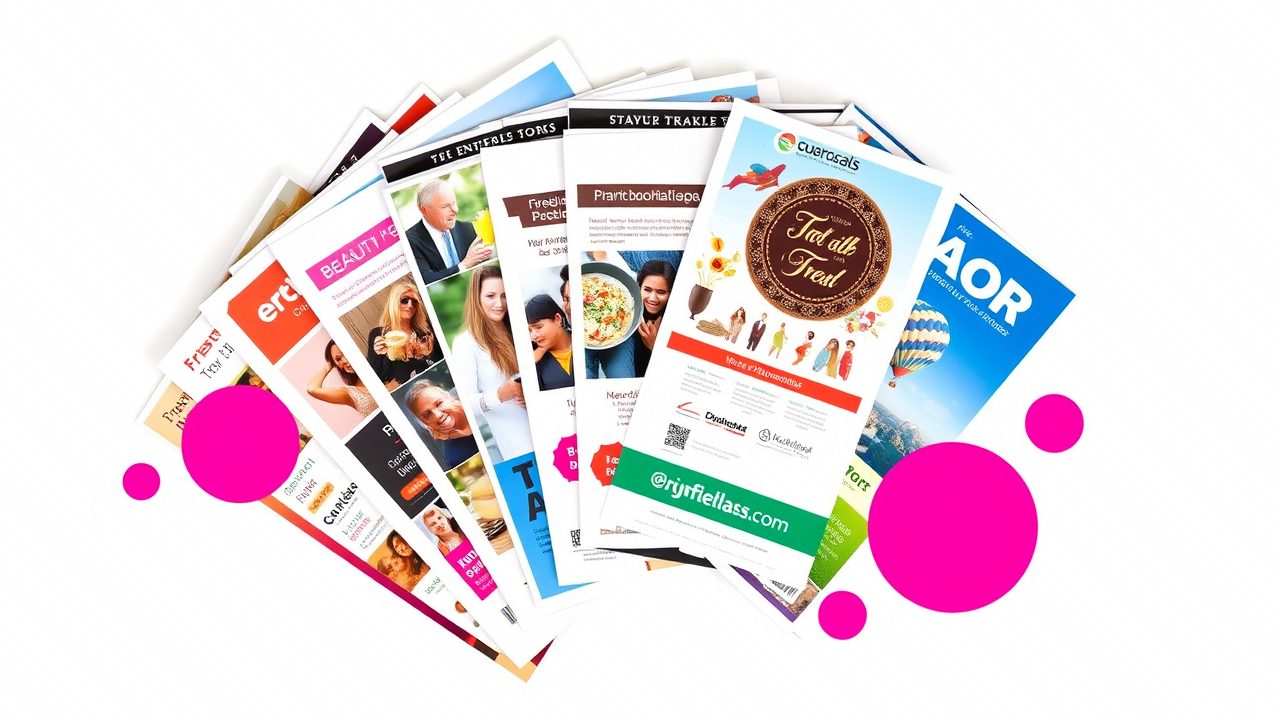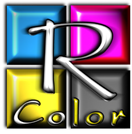Flyer Printing is still among the most cost-efficient and universal marketing instruments for small companies. In today’s digital era, where internet advertising can become buried in a pile of content, a quality-designed, well-produced printed flyer is able to stop traffic and send a message right away. When done right, flyer printing has the ability to make small businesses enhance brand awareness, advertise events, and boost local traffic.
Here, we will examine the most effective flyer printing strategies that are particularly tailored for small businesses.
Why Flyer Printing Still Works for Small Business
Flyer printing offers small businesses a specific advantage: tangibility. Unlike online advertisements scrolled through and then forgotten, a tangible flyer leaves a lasting impression. Whether distributed in person, tacked up on bulletin boards, or included as part of direct mail, flyers can be a lasting reminder of your business. Also, printing flyers is cheap and can be hyper-local in nature, which is perfect for companies that want to target customers from immediate vicinity. Gyms and restaurants, salons and boutiques, and other small companies can gain a lot from flyer delivery.Know Your Purpose Before You Print
Before any print flyer endeavor is undertaken, establish the campaign’s purpose. Are you promoting a grand opening, sale, event, or general awareness? Your intent will determine your content, design, and delivery of your flyer.Design Concepts for Effective Flyers
Good flyer printing begins with great design. Here are a few tips to make your flyer stand out:Use Attention-Grabbing Headlines
Your title must be catchy and convey the main purpose of the flyer. Titles like “50% Off This Weekend!” or “Grand Opening Special” are concise and catchy.Keep It Simple and Focused
Avoid clutter. Highlight the main message and make supporting text concise. Utilize bullet points or short paragraphs to make it easier to read.Add High-Quality Pictures
High-definition images not only enhance the quality of images but also help in delivering your brand message. Avoid using blurry and pixelated images.Brand Consistency
Utilize consistent branding elements like logos, font, and color. This puts your flyer on the same page as other promotional materials and enhances brand recognition.Add an Overt Call-to-Action (CTA)
All your leaflets ought to cause the reader to do something specific—visit your site, attend an event, phone your company, or redeem an offer. Get your CTA short and catchy.Select the Correct Paper and Finish
The kind of paper used in printing flyers also influences how your business is perceived. Low-cost paper can be cheap but also negatively impact how your business is viewed as not professional. Typical Paper Descriptions:- Glossy: Ideal for vibrant photos and a very polished finish.
- Matte: Provides a more advanced and refined finish.
- Uncoated: most appropriate for natural touch and smooth writing.
Printing Methods to Consider
High-quality professional flyer printing businesses provide different printing methods that can enhance your flyer:Digital Printing
Quick and low-cost for low-volume orders. Best for expediting promotionals.Offset Printing
Ideal for high-quality and bulk products. Offers precise color matching and resistance. Die-Cut Flyers Non-standard shapes will give your flyer a different look from the traditional rectangles.Distribution Strategies for Maximum Impact
Distribution is as important as printing services and design. Here are some sensible steps:Hand-to-Hand Distribution
Focus on busy locations such as malls, parks, or events. It provides direct exposure to potential customers.Door-to-Door Drops
Perfect for local businesses. Flyers can be handed out at residences or in mailboxes within a specific neighborhood.Partner with Local Entrepreneurs
Go to complementary businesses (not your competition) and request to leave your flyers at their business. It’s a win-win that opens up your audience.Insert in Packaging or Orders
For e-commerce or delivery businesses, add inserts into packages to promote new items or upcoming sales.Track the Success of Your Flyer Campaign
Track the success of your flyer print campaign through promotional codes, special landing pages, or QR codes that can be tracked back to flyer distribution. What works and what doesn’t work is what allows you to streamline your future campaigns. Trends to Watch in Flyer Printing The art of flyer printing keeps changing. Some of the recent trends that small businesses can consider are as follows:- Minimalist Designs: Plain, simple, and unadorned designs that communicate a single message.
- Eco-Friendly Materials: Biodegradable papers and soy inks are becoming increasingly popular.
- Interactive Elements: AR (augmented reality) and QR codes have the ability to link your flyer to online material.


